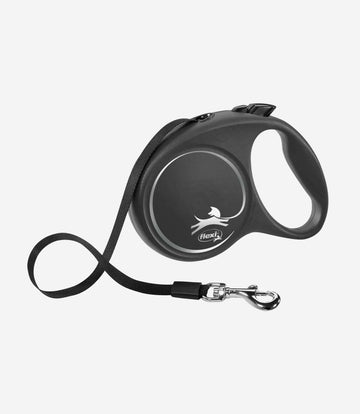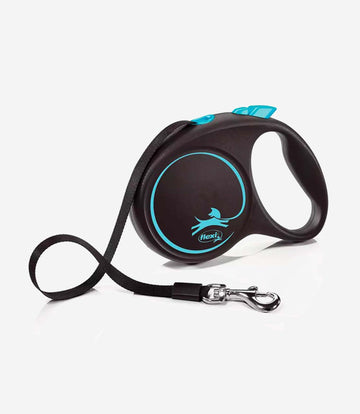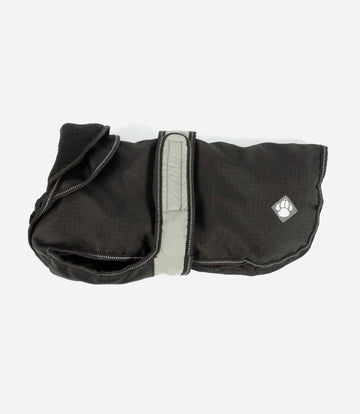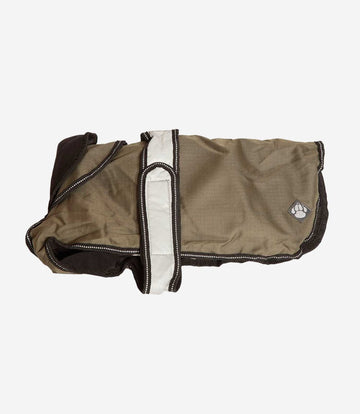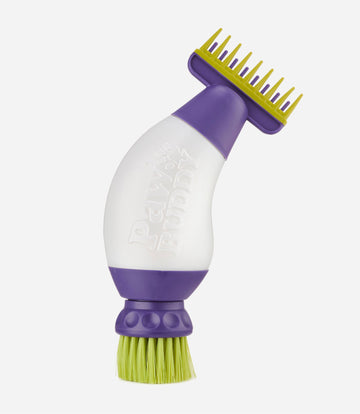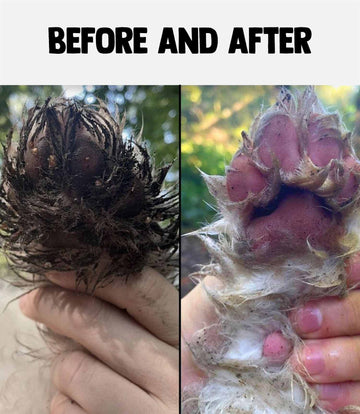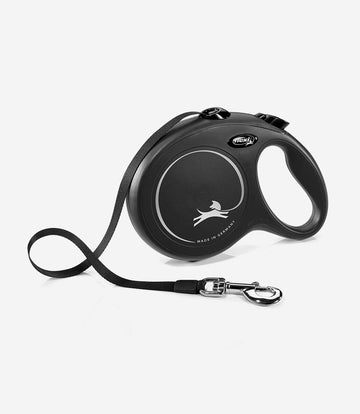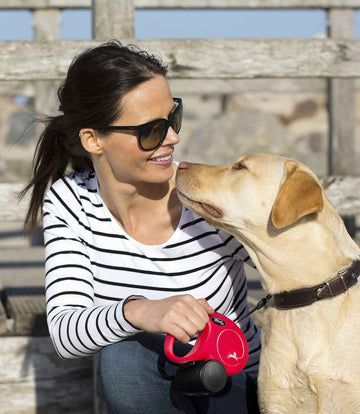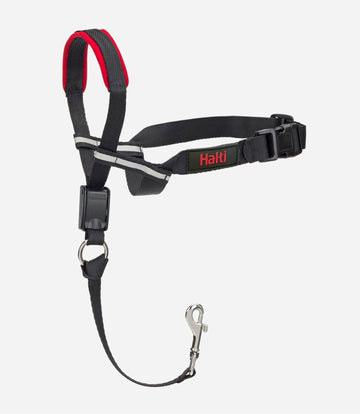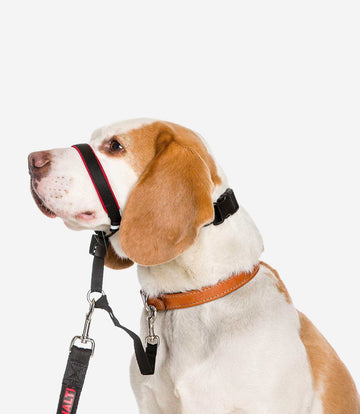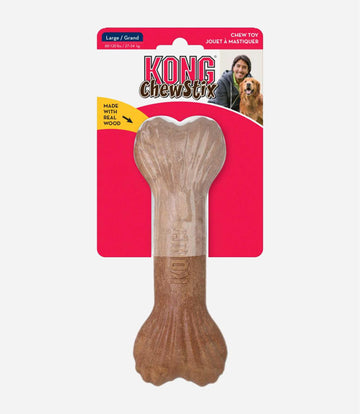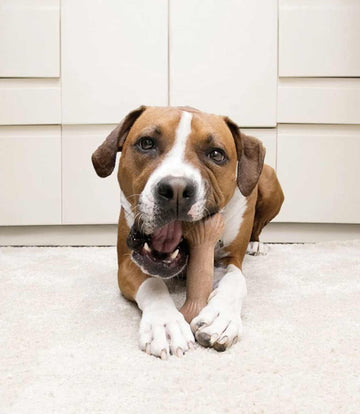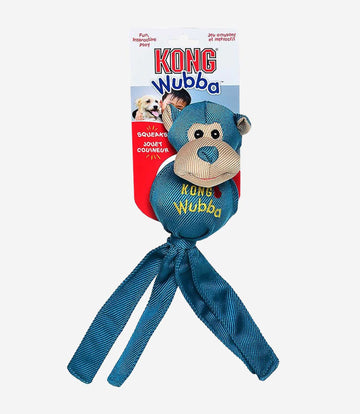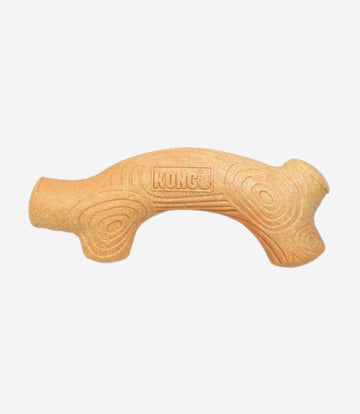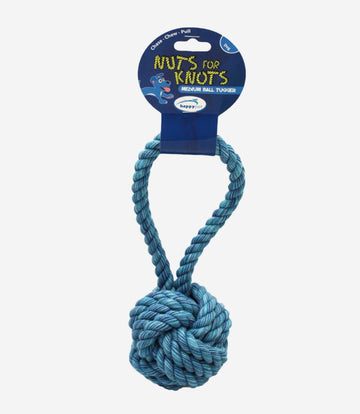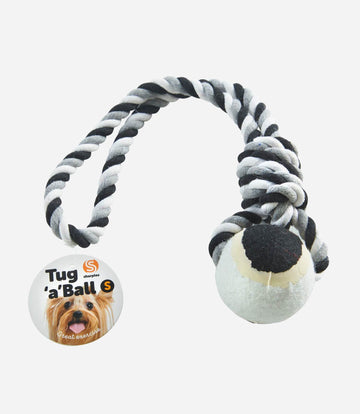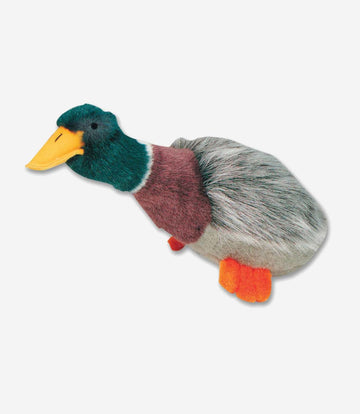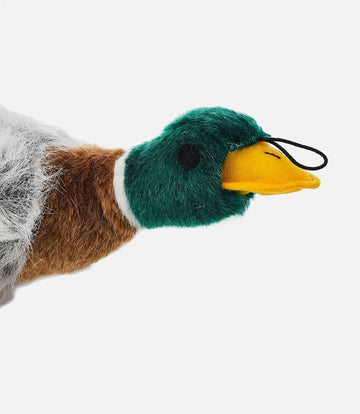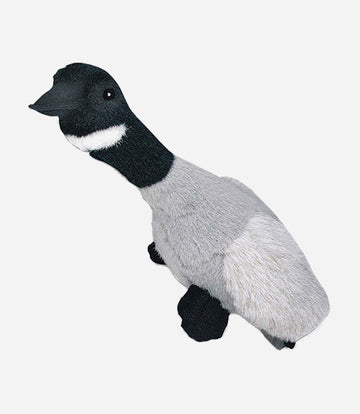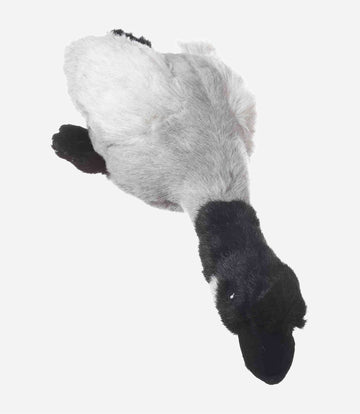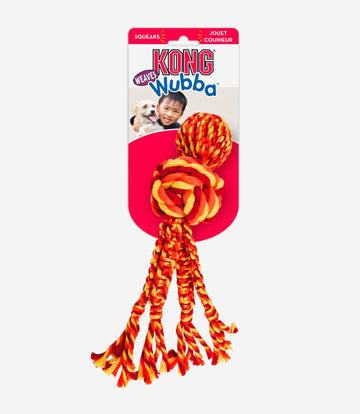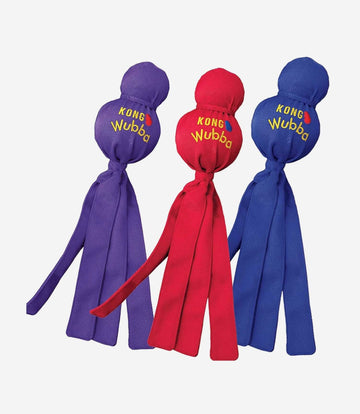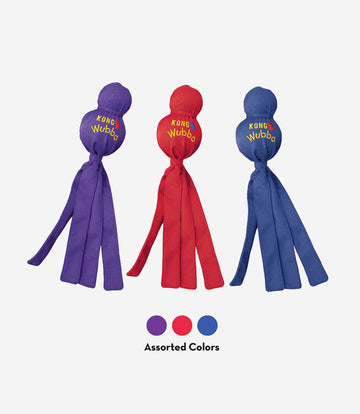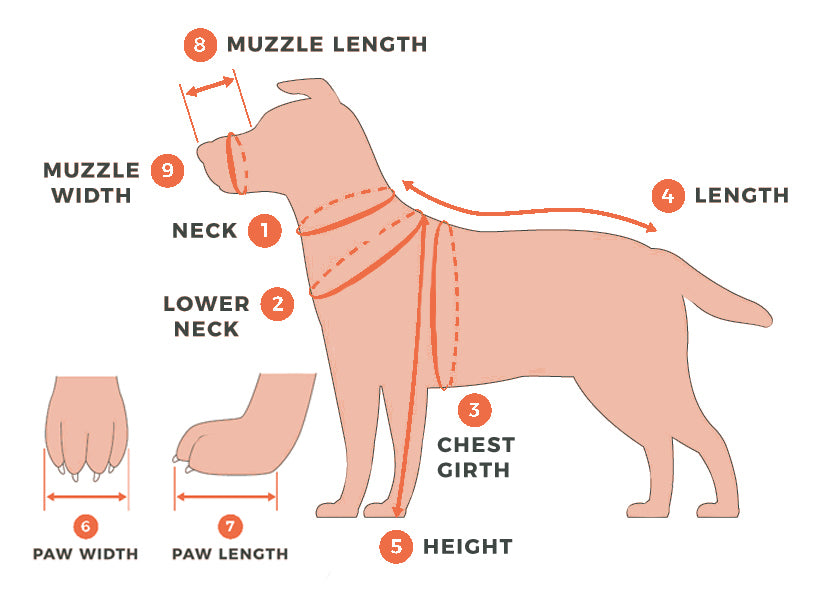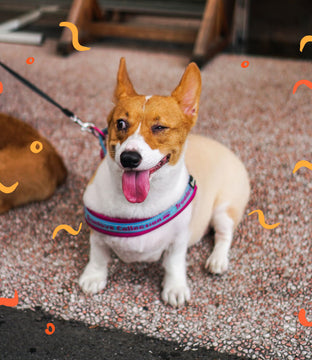How to toilet train a puppy in 7 days?

Who doesn’t love a little furry companion zooming in our houses and in our life, but it is the poop cleaning that makes us consider our decision of getting a puppy and force us to think twice. But why let this condition stop us when we have the ability to set things right? So, if you are a dog lover looking to adopt a little puppy and still hesitating, you have two choices which can pull you out of your dilemma and that is either you can look for a potty trained puppy or learn how to toilet train a puppy in 7 days.
Join us on a journey where our fur balls remain our eye candy instead of turning into fuzzy balls. Get ready for a week of learning, bonding, and a lot less cleaning up after your furry friend. So, buckle up, pet parents, as we unveil the secrets to a successfully toilet trained pup in just one week.
What is puppy potty training?
Puppy potty training also known as housebreaking is the process of training a young dog to urinate and defecate outside the house or in one special place. This is a fundamental aspect of pet parentship which is essential for both puppies and the pet parents.
Why toilet training is important for puppies?

Toilet training puppy is essential for them as it instills habits that enhance their overall health and hygiene. It reduces the risk of bacterial contamination, ensuring a pleasant living space for you and your furry companion. Toilet training a puppy not only serves as a lesson in discipline but also lets them explore the outdoors actively as a puppy confident in its toileting habits is willing to socialize more. Establishing such good habits in dogs can alleviate stress and build a positive environment, laying the groundwork for a happy, disciplined and well behaved puppy.
When should a puppy be toilet trained?
Puppy potty training schedule by age:
- 8 to 12 Weeks: Introduce basic toilet training concepts with frequent bathroom breaks with positive reinforcement and supervision.
- 12 to 16 Weeks: Extend the time between bathroom breaks as bladder control improves. Try to create a consistent schedule for feeding, play and bathroom breaks.
- 4 to 6 Months: Reinforce good habits as puppies develop better bladder control. Encourage active outdoor exploration once the puppies are more confident in their toileting habits.
- 6 Months Onward: Most puppies are fully trained by 6 months, but individual variations exist. Regularly praise the puppy for successful bathroom trips.
How to prepare for puppy toilet training?

1. Setting up a Designated Toilet Area: Select a quiet and accessible area to ensure that your puppy reaches the spot on time. Use consistent cues, such as specific commands or phrases as it will make the learning process easier. Also, make the designated area comfortable with proper footing.
2. Gathering Necessary Supplies: Get odor neutralizing training pads to create toileting space indoors, invest in enzymatic cleaners designed to eliminate scent markers that might attract your puppy back to the same spot. Also, include other supportive materials such as poop cleaning materials.
3. Establishing a Feeding and Potty Schedule: Design a feeding schedule for your puppy as per its age and requirements. Check your puppy’s behavior after meals and make a consistent schedule for outdoor bathroom breaks, especially in the morning, after meals and before bedtime.
4. Create a Comfortable Sleeping Space: Make sure that your puppy has a comfortable sleeping area according to its age and size. Also add a soft bedding and a cozy blanket for comfort and familiarity. Establish a consistent bedtime routine for your pet.
How to train a puppy to toilet?
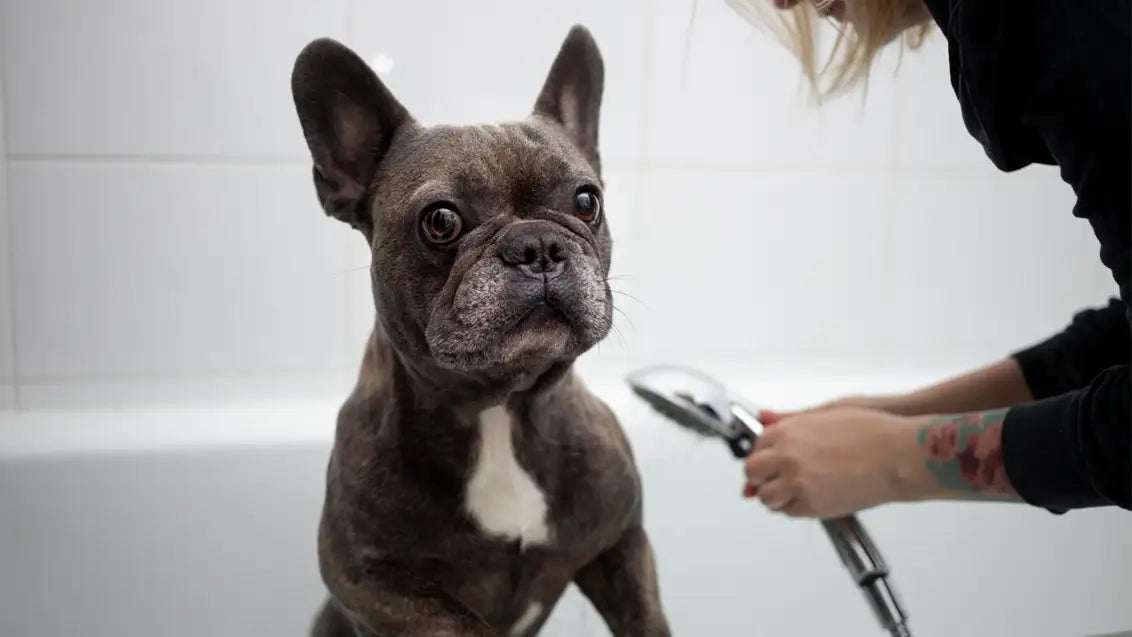
Step 1 - Introduce the Concept:
Take your puppy to the designated toilet area, give them time to familiarize themselves with the space. Use encouraging tones such as treats or praise, to create a positive association with the area. Allow your puppy to spend some time in the spot to understand it is a safe and acceptable place for toileting.
Step 2 - Form a Routine:
After introducing the concept of the toilet area, it is important to establish a regular routine of bringing your pup to the toilet area. Consistency can help in reinforcing the connection between the location and toileting. Regular prompts will enhance comprehension and help in forming a schedule.
Step 3 - Supervision and Positive Reinforcement:
Keep a watchful eye on your puppy and anticipate their potty needs. Be attentive to signs like sniffing, circling, or restlessness. Acknowledge and commend your puppy when they successfully use the area or training mat. Give them praise and reward with dog treats, this will encourage your pup to repeat the desired behavior.
Step 4 - Scheduling and Monitoring:
Fine tune the feeding schedule of your puppy as this alignment enhances your ability to predict, observe their behavior by recognizing their signals and from Day 4 you can reinforce outdoor toileting as well. Make sure you are adaptable to your puppy's evolving routine and needs.
Step 5 - Realistic Expectations:
Toilet training is a learning process for your puppy and accidents may occur as they learn so it is important to be patient and understanding with them. Tailor your expectations to your puppy's individual pace of understanding. Set realistic and achievable goals, considering factors such as age, breed, and previous experiences.
Step 6 - Adapt to Day and Night Routines:
Extend the training to cover both day and night. Recognise the signs of your puppy needing to go to the toilet and promptly give them night breaks. This will minimize nighttime accidents indoors and ensure positive toileting experiences. Keep nighttime bathroom trips low key to discourage play or excessive excitement.
Step 7 - Gradual Freedom:
Once your puppy’s habits improve slowly increase their freedom within the house. As they are given more freedom, it creates a balance between trust and ongoing reinforcement of positive habits. Monitor for continued success and maintain good habits while addressing any accidents promptly to prevent the undesirable habits.
Troubleshooting Common Issues
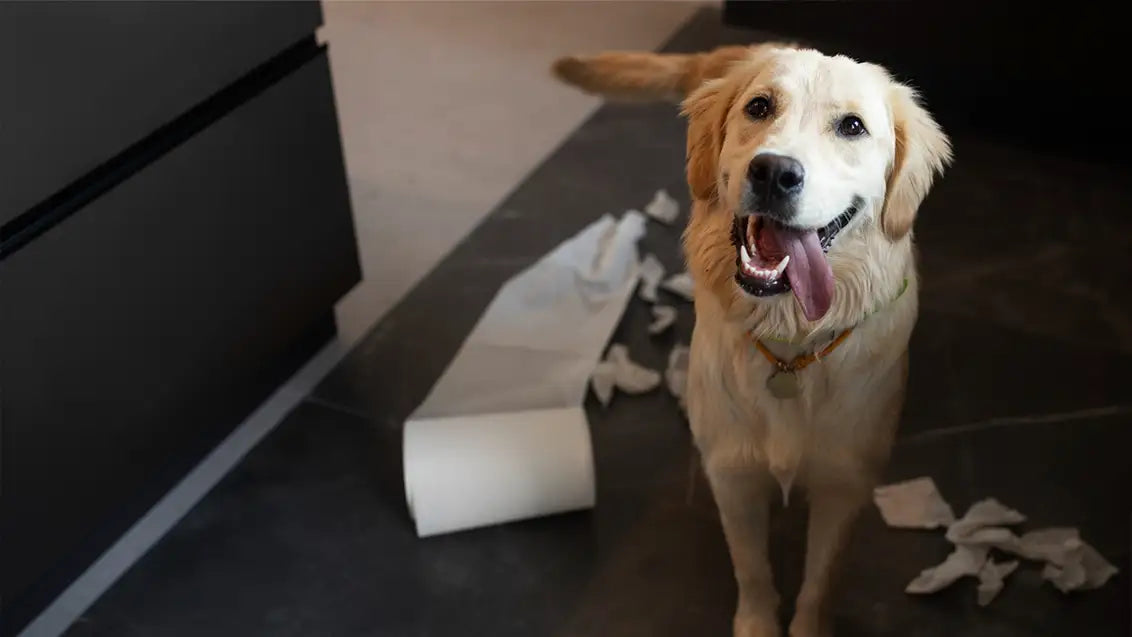
Accidents Inside the House:
- Issue: Accidents are normal in the early stages and during the training process.
- Troubleshooting: Clean accidents thoroughly, re-evaluate the frequency of bathroom breaks and increase supervision indoors.
Inconsistent Schedule:
- Issue: Inconsistency in bathroom breaks can lead to confusion for the puppy.
- Troubleshooting: Establish a consistent schedule and regularly help your puppy.
Marking Behavior:
- Issue: Marking is a natural behavior for dogs, but excessive indoors marking can be problematic.
- Troubleshooting: Spray the puppy, reinforce outdoor marking and clean indoor marking spots.
Medical Issues
- Issue: Medical problems such as urinary tract infections may contribute to bathroom accidents.
- Troubleshooting: Spray the puppy, reinforce outdoor marking and clean indoor marking spots.
Summing Up
As we end our journey of how to toilet train a puppy in 7 days, let’s take a moment to celebrate your achievements and the newfound understanding between you and your furry companion. In just seven days you have witnessed the complete transformation from little accidents to purposeful potty breaks, creating a harmonious environment for both of you.
Celebrate the advancements, cheer for the achievements, and above all, appreciate the stronger connection with your now well behaved dog. Your commitment has yielded results, transforming what could have been a challenging experience into a smooth seven day accomplishment with some puppy toilet training tips. Here's to joyful days ahead without any accidents with your newly potty trained canine companion!
Don’t forget to check out Nestpets products!
FAQs
How to potty train a puppy in an apartment?
In order to learn how to toilet train a puppy in an apartment, follow the tasks such as locating a particular area for puppy pads, bringing your dog outside, employing positive reinforcement, and providing rewards when successfully potty training puppy apartment.
How to toilet train a bulldog puppy ?
Start potty training at an early age with bulldog puppies as they have a determined nature. Remaining patient and using positive reinforcement, like rewards and encouragement, are important factors. Creating a puppy potty training schedule, especially after eating and napping, is essential.
How to deal with puppy potty training regression?
Recognize the signs of puppy toilet training regression such as changes in routine or stressors. To curb the regression, give consistent and positive reinforcement. Establish a puppy potty training schedule for feeding and bathroom breaks, and maintain patience.
How to potty train a puppy on pads fast?
For understanding how to use puppy pads and outdoor potty training together, begin by using puppy pads indoors, then slowly relocate them nearer to the door. When your puppy gets used to this, switch to outdoor potty training. It's important to maintain consistency in order to prevent confusing your puppy during this transition.
How to potty train a puppy with a bell?
Place a bell near the door at your puppy's nose level. Introduce the bell slowly, linking it to outdoor potty breaks. Encourage your puppy to ring the bell before heading outside. It's important to be consistent in reinforcing this association.
Why is my potty-trained dog suddenly peeing in the house ?
Look into possible health concerns, like urinary tract infections. Take into account stress factors or alterations in the surroundings. Think about spraying or neutering to address marking behavior. Stick to a regular schedule, employ positive encouragement, and stay patient throughout the adaptation process.

